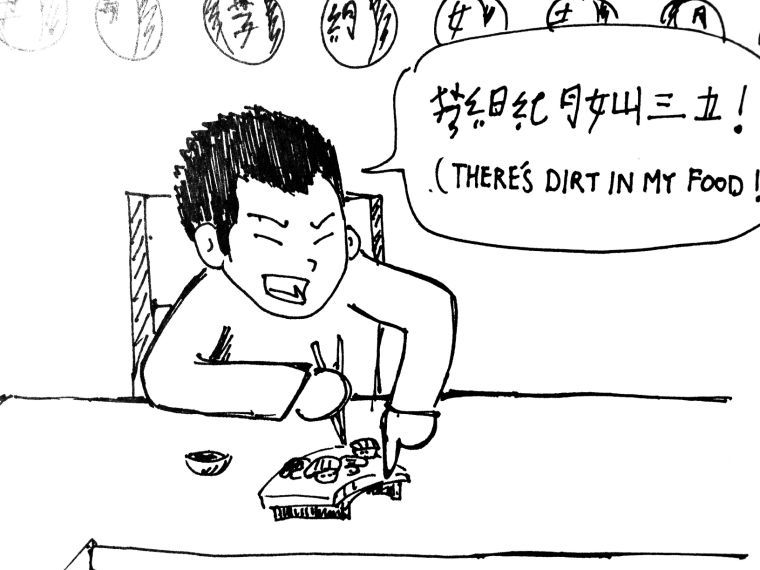A little dirt couldn’t hurt
February 5, 2013
Do you remember when you were younger and loved to make mud pies and cakes out of dirt, longing to taste the finished product of your spectacular, unmatched creation of greatness? Though, it was never permitted by those darn grown-ups who told you not to eat any of the dirt.
Well, that just may be a reality.
A French restaurant in Tokyo named Ne Quittez Pas recently announced its plans to serve a menu with all foods deriving from dirt: dirt ice cream, salad with dirt dressing, dirt soup, etc. I bet Mother never saw this one coming.
But, eating dirt? How is this possible?
According to a ScienceDaily article, the act of eating dirt is not a new phenomenon and is practiced in many countries around the world. Though mostly attributed to a pregnant woman’s craving, food shortages or as just something the people of ancient times feasted upon, eating dirt is a practice that can be implemented into the diets of people today. It has various benefits to be reaped: it helps to protect against toxins and parasites from forming inside of one’s stomach, and provides some people with the nutritional minerals that they may lack, as dirt happens to be rich in iron, zinc and calcium. It is most often taken from deep within the ground where contamination is unlikely. The dirt is then boiled before consumption.
Many often look past unconventional or unorthodox foods, as they appear “unappetizing” and, to put it simply, disgusting. Such was the general consensus among several students when I spoke with them. When I posed that eating dirt was a possibility, and a healthy one at that, many were quick to frown upon the idea and deemed it impossible or crazy; it is something they could never see themselves trying.
Sophomore meteorology major Mariah Clifford said, “No, that sounds unsanitary. It’s like eating an ant farm.”
Junior physical therapy major Erin Phalen’s opinion was quite similar as she said “some things just shouldn’t be made into food.”
Here in the U.S., to the best of my knowledge, we do not have any places that sell dirt for consumption, though if we did it may not be all that bad of an idea to eat. Unhealthiness is heavily promoted within our mainstream culture by way of restaurants and fast food chains. With the unlimited amount of hamburgers, fries and other foods (which aren’t exactly the healthiest) being served, foods perceived as “odd,” if they deliver the nutritional and health benefits that a person needs, are a breath of fresh air.
Sometimes odd is just what is needed.
Now, I’m not saying go out into your backyard and dig up dirt to eat right then and there, as that would surely not be the best idea. However, the next time you come across a food that appears to be a bit peculiar or beneath your standards, take a moment to consider what it has to offer. It may not be as bad as you perceive it to be.
All I’m saying is, don’t knock it until you try it.







